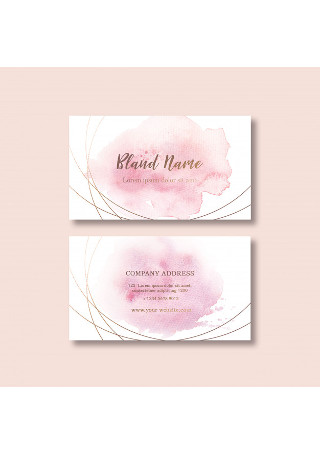A business report is a formal document that provides key insights, analysis, and recommendations about a specific business issue or opportunity. It serves as a communication tool for stakeholders,…
continue reading
12+ Sample Business Envelope’s
-
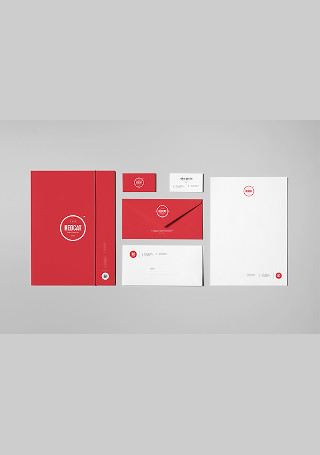
Branding Business Envelope
download now -
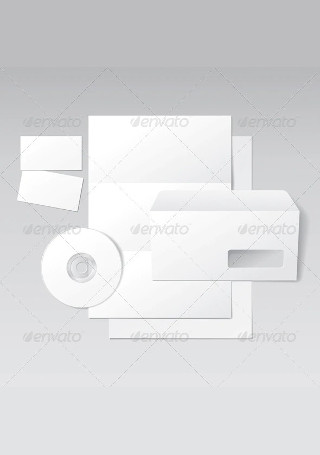
Business Letter Envelope
download now -
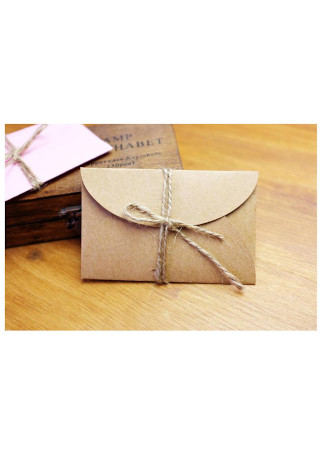
Standard Business Envelope Kraft InDesign
download now -
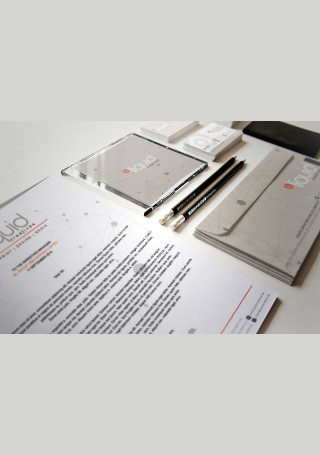
Elegant Corporate Identity Envelope
download now -
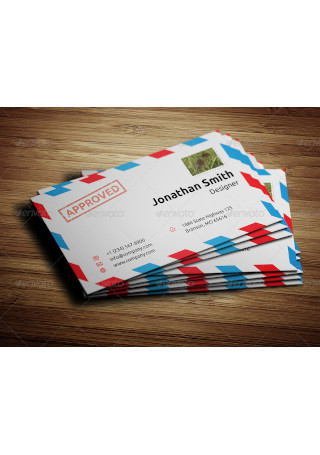
Business Envelope
download now -

Business Envelope InDesign
download now -

Business Letter Envelope InDesign
download now -
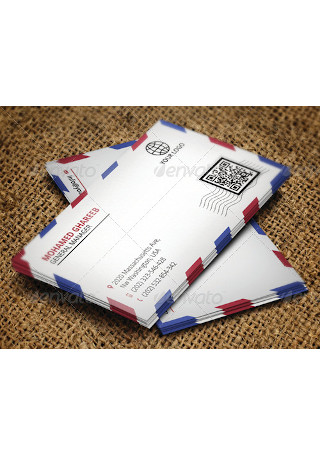
Postal Envelope Business Card
download now -

Envelope Business Card
download now -
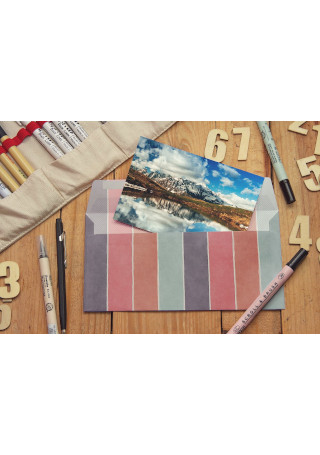
Business Envelope Sketch Mockup
download now -
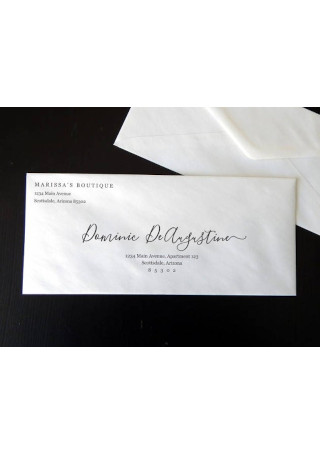
Sample Business Envelope
download now -
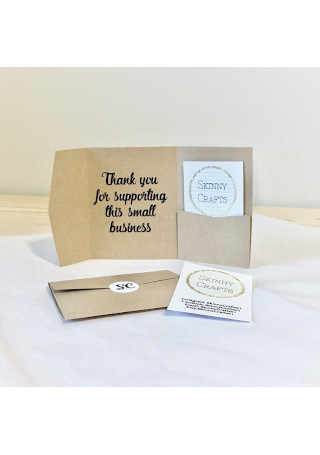
Vintage Business Envelope Kraft
download now -

Modern Business Envelope Mockup
download now
What Is a Business Envelope?
If you have received or sent a letter or an important document, you have undoubtedly seen an envelope. This piece of folded paper bears a great significance in making sure that the recipient receives the material inside of it in the same condition as it was sent. Just like the typical envelope, a business envelope is a sheet of paper that comes with a sealable flap to enclose a flat material such as a letter or a card. What sets it apart from the usual envelopes is that it generally reflects the identity of a particular business. Business envelopes mostly have the logo of a business, company name, location, email address, and the tagline. With these elements on the envelope, entrepreneurs can maintain their branding as well as communicate professionalism to the recipient.
Sending Documents? Use Envelopes
Although technology brought many changes in the way we carry out various tasks, it didn’t leave postal services out of the picture. In fact, data from the United States Postal Services showed that they deliver over 480 million pieces of mail each day. These mailpieces are sealed and enclosed in an envelope to ensure the confidentiality and safety of every item processed and delivered. Be it in a business or post office, every envelope holds highly significant papers, such as:
Business Letters
Various types of business letters serve various purposes to professionals. Some examples of these are sales letters, acknowledgment letters, recommendation letters, payment collection letters, circular letters, and others. Professionals send a specific type of letter to their business partners and customers. These documents can help them establish good relationships with other professionals in the industry as well as their clients. While some people prefer sending emails instead of printing out the message, others still opt for a physical copy. When sending out letters, make sure to use letterheads and put them inside an envelope.
Agreements and Contracts
Regardless of the industry they belong to, entrepreneurs make use of agreements and contracts for different reasons. These legally binding documents help streamline business processes since they provide both parties with a clear outline of the responsibilities they have to handle over the course of the agreement. With an agreement or contract at hand, the parties involved will enjoy a mutually beneficial relationship. Knowing that these documents are imperative in businesses, these must be placed inside an envelope when sending copies to the other party.
Company Handbook
When newly hired employees enter a company, they should have a clear understanding of its mission, vision, goals, operating procedures, rules, regulations, policies, and disciplinary procedures. Even though employers discuss these terms during the orientation, a written document is in need to constantly remind the employees of their obligations in the company. This is when company handbooks come in handy. In distributing these to the workforce, you can make use of an envelope that best fits the size of your company manual.
Invitations
The use of invitation cards is not exclusive to birthday parties and weddings alone. In a business setting, professionals may send out invitations to their colleagues and business partners for important occasions in relation to their business endeavors. Some examples of corporate events are product launching, seminars, forums, business dinners, and trade shows. In requesting someone’s presence during an event, sending out formal invitations is crucial. And wouldn’t an invitation card be incomplete without envelopes?
Bills
One of the primary goals of a business is to boost their sales. However, it would be impossible for entrepreneurs to achieve this particular goal if their clients or customers fail to pay their dues. For this reason, documents such as bills play an important role in business. A bill is a sheet of paper that contains a list of products or services and their corresponding prices. It serves as evidence that one party is in debt to another party, and he or she must pay a specific amount before or on the due date indicated in the document. In instances wherein you need to send a bill to your client, see to it that the material is in an envelope.
Catalogs
Another guaranteed way to boost sales is through the distribution of printed marketing materials to the target market. These print advertisements may include brochures, flyers, magazines, and catalogs. Although it may seem unbelievable, this marketing strategy still works for various businesses throughout the globe. As featured in an article from CBNC, the imagery brought by catalogs makes spurs the interest of millennials in looking through the material. Thus, making it an effective promotional tool. If you are planning to distribute catalogs for your business, don’t forget to place it inside an envelope for the material not to crumple.
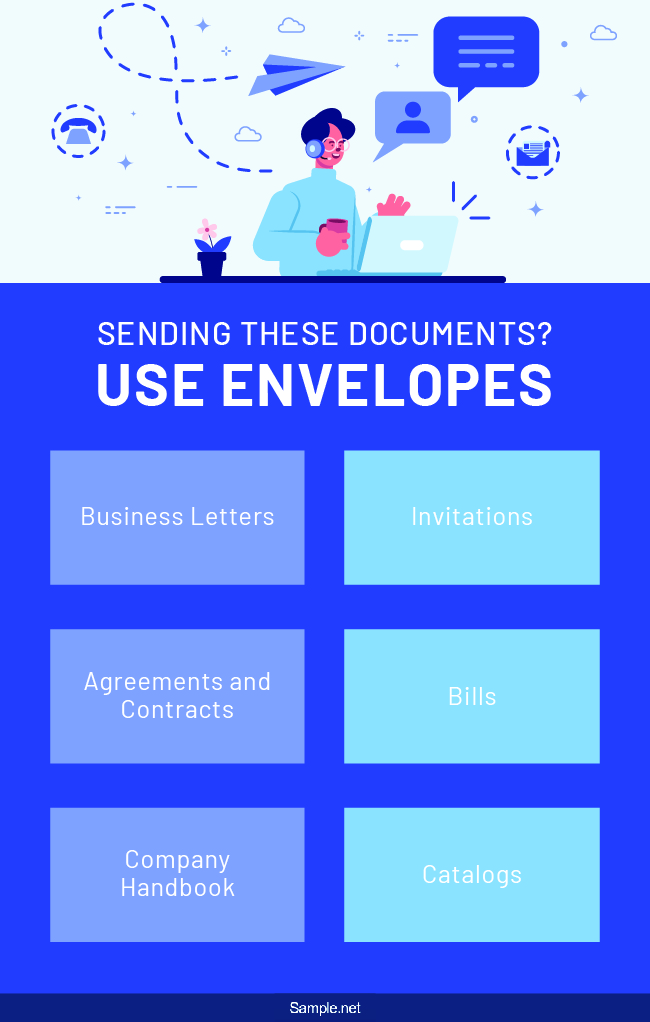
Envelopes and Their Various Dimensions
Envelopes come in different dimensions, specifically tailored to fit various paper sizes. Folding sheets of paper may not be the best thing to do when sending out important documents as it may leave crease marks on the material. For this reason, you have to choose an envelope size that can enclose the document perfectly. Listed below are the different sizes of an envelope and their respective purpose.
How Can You Design the Best Corporate Envelope
Despite the advancement of technology, the production of envelopes hasn’t come to an end. According to envelope.org, the yearly production of envelopes exceeded 180 billion pieces. With so many mail packages delivered to each doorstep, you have to make sure that your business envelope is distinct among the rest. How so? Follow these steps.
Step 1: Set Dimensions
Before selecting the right colors and fonts to use in your design, you have to set the correct dimensions of the material first. In doing so, make sure that the size of your envelope will befit the material you will insert in the packaging item. It is important to specify the size of your envelope so that you will have a definite picture of the blank canvas that you can work on. This way, your design wouldn’t go beyond what was intended.
Step 2: Select the Most Suitable Font Style
Note that your corporate envelope is a representation of your business, and you have to insert texts in your design. For this reason, you have to select the most suitable font style. See to it that your choice of typeface will correspond with the purpose of the document you will insert in the packaging item. Given that you are creating a business envelope, it would be best if you use a legible font style that looks simple and professional at the same time. Shy away from decorative fonts as they tend to lessen the readability of the text.
Step 3: Play with Colors
Who says business envelopes should just be white? The best way to incorporate your branding into your design is to make use of your company’s signature colors or the one that would perfectly represent your corporate identity. When your packaging item is of a different color, the recipient will be more compelled to open the material. This tip is ideal for mailing print advertisements to customers.
Step 4: Include Necessary Elements
Aside from the design, you should also look into the elements you need to include in your envelope. For business purposes, it is essential to include your logo, company name, location, email address, contact number, and website URL (if applicable). You may also add a tagline for added brand recognition. In laying these elements out on your envelope design, make sure that it looks well-arranged, not cluttered.
Step 5: Keep It Simple yet Unique
If you want to achieve a well-designed business envelope, you have to keep it simple yet unique. Remember that you can be creative without defeating the purpose of the packaging item. For the last step, choose the most suitable material where you will print your design. We would highly recommend you to use high-quality card stock so that the documents inside the envelope would not crumple. Apart from that, you may also seal it with a stamp if you want to show elegance and style.
FAQs
What is the proper way to address a business envelope?
In sending letters, documents, and other packages, it is important to properly address an envelope so that it would reach the intended recipient. The correct way to do so is to start with the sender’s details, which should be on the upper left corner of the material. As mentioned beforehand, it needs to have your full name, company name, title, and address. After entering these details, you need to write the recipient’s information—this should be in the center part of the envelope. This includes the recipient’s name on the first line, followed by the name of the company he or she belongs to, the address, and the zip code.
What is considered a business-size envelope?
As discussed in this article, there are various types of envelopes which also comes in different sizes. Business-sized or regular-sized envelopes are those we normally see when we receive letters from a company. The most popular size of a business envelope is No. 10, which measures 4 ? inches x 9 ½ inches.
What are commercial envelopes?
Also referred to as Officials, commercial envelopes are the ones professionals make use of for business correspondence. This means that when they send a written form of communication to their colleagues or clients, they have to enclose it in a commercial envelope. Moreover, this type of envelope also comes in various sizes to suit the need of the letter sender.
Confidentiality, safety, and company visibility—more than just well-designed item packages, envelopes hold great significance in different aspects of document-sending. This material guarantees the senders that the confidentiality of information inscribed on the paper remains until it reaches the intended recipient. It also helps ensure that the document is safe and not wrinkled before the recipient could even read it. Most importantly, it increases the visibility of a particular business. For this reason, you must exert the same effort in designing your envelope the same way you did in writing the contents placed inside it.

